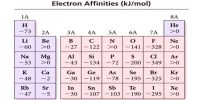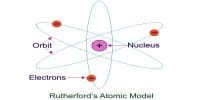Purification of Lead:
Lead extracted by the above method contains impurities such as silver, copper, tin, bismuth, gold and iron. It is refined by the following processes.
a. Liquation
The impure metal is heated on a sloping hearth. Lead melts and flows down the slope. The infusible impurities remain on the hearth.
b. Desilverisation
Silver is removed by either Pattinson’s process or Park’s process.
c. Electrolytic refining
Very pure lead is obtained by this process.
- Anode – Impure lead
- Cathode – Very pure lead
- Electrolyte – (Lead fluosilicate + Hydrofluosilicic Acid)
(PbSiF6) (H2 SiF6)
The metallic impurities which are more electropositive than lead, such as iron and tin, go into the solution while the rest of the impurities are thrown down as anode mud.
Uses: Lead is used
- For making lead pipes,
- For making telegraph and telephone wires,
- In making bullets and lead accumulators,
- In lead chambers, for the manufacture of sulphuric acid,
- For making alloys like solder, pewter and type metal,
- For preparing tetraethyl lead [Pb(C2H5)4] which is used as an additive to petrol to prevent knocking.













